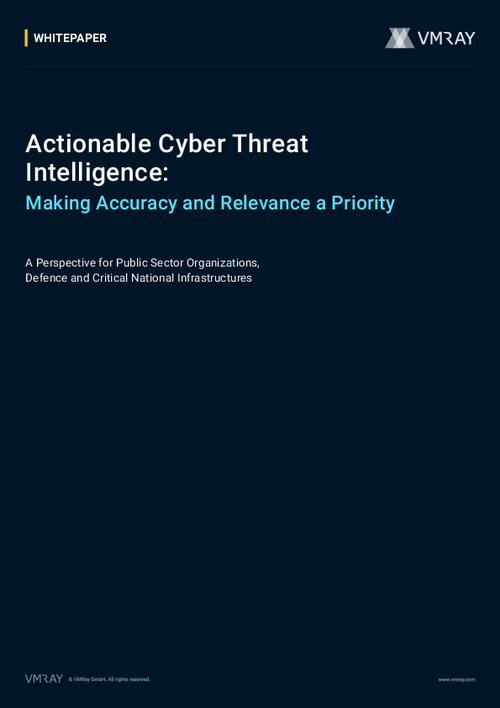WatchGuard Threat Lab Analysis Shows Surge in Evasive Malware
WatchGuard® Technologies, a unified cybersecurity company, has announced the findings of its latest Internet Security Report, detailing the top malware trends and network and endpoint security threats analysed by WatchGuard Threat Lab researchers. Key findings from the data show a dramatic surge in evasive malware that fueled a large increase of total malware, threat actors targeting on-premises email servers as prime targets to exploit, and ransomware detections continuing to decline, potentially as a result of law enforcement’s international takedown efforts of ransomware extortion groups.
“The Threat Lab’s latest research shows threat actors are employing various techniques as they look for vulnerabilities to target, including in older software and systems, which is why organisations must adopt a defense-in-depth approach to protect against such threats,” said Corey Nachreiner, chief security officer at WatchGuard. “Updating the systems and software on which organisations rely is a vital step toward addressing these vulnerabilities. Additionally, modern security platforms that are operated by managed service providers can deliver the comprehensive, unified security that organisations need and enable them to combat the latest threats.”
Among the key findings, the latest Internet Security Report featuring data from Q4 2023 showed:
Evasive, basic, and encrypted malware all increased in Q4, fueling a rise in total malware. The average malware detections per Firebox rose 80% from the previous quarter, illustrating a substantial volume of malware threats arriving at the network perimeter. Geographically, most of the increased malware instances affected the Americas and Asia-Pacific.
TLS and zero-day malware instances also rise. Approximately 55% of malware arrived over encrypted connections, which was a 7% increase from Q3. Zero-day malware detections jumped to 60% of all malware detections, up from 22% the previous quarter. However, zero-day malware detections with TLS fell to 61%, which was a 10% decrease from Q3, showing the unpredictability of malware in the wild.
Two top 5 malware variants redirect to DarkGate network. Among the top 5 most-widespread malware…




